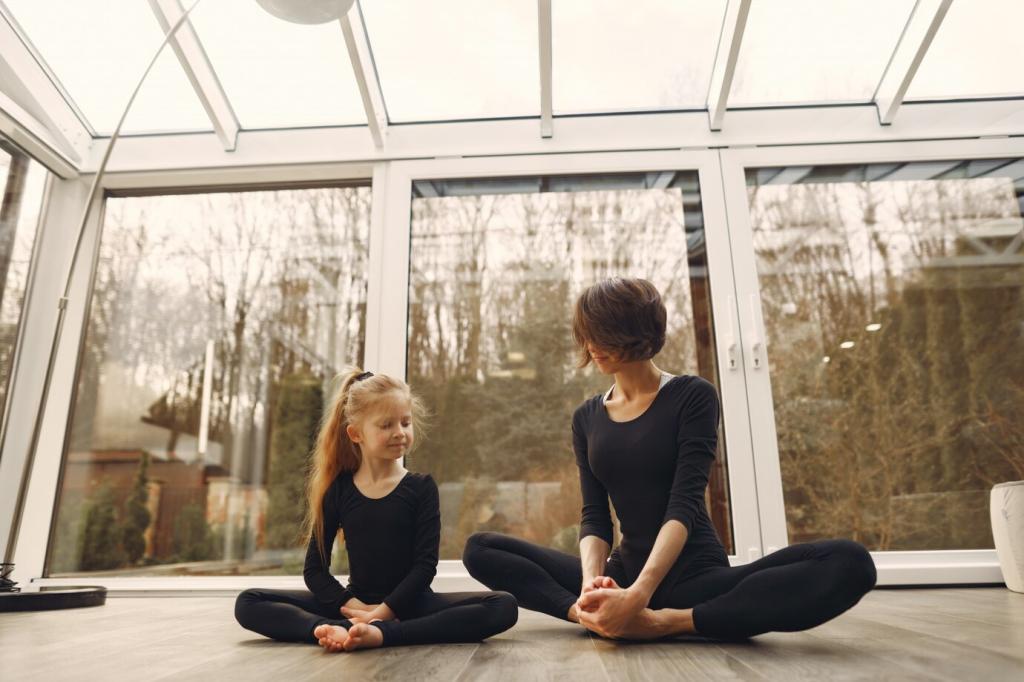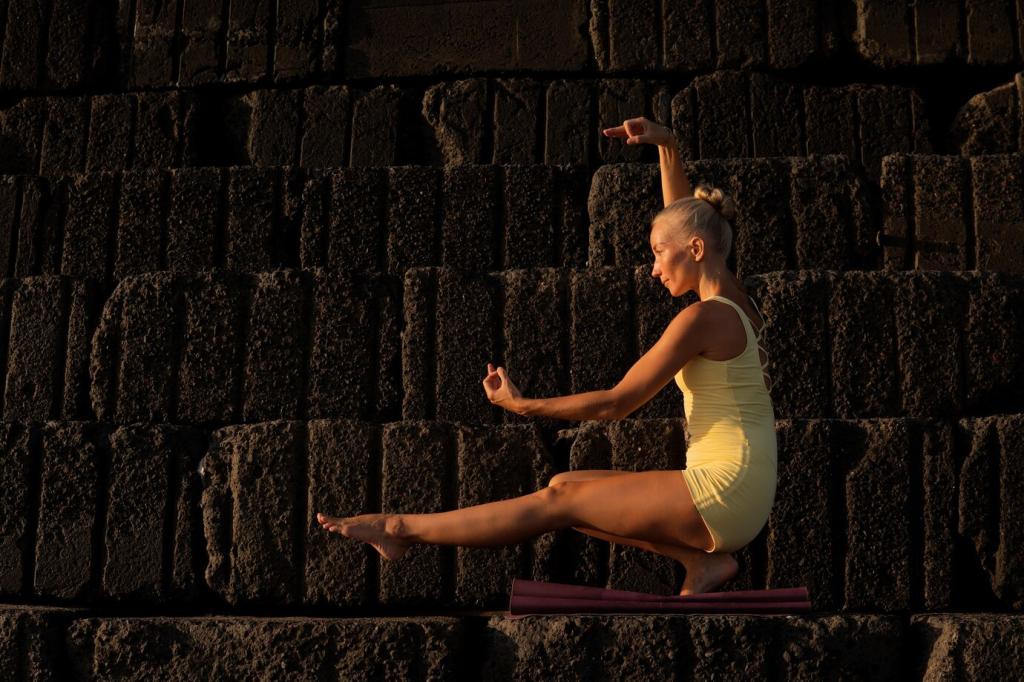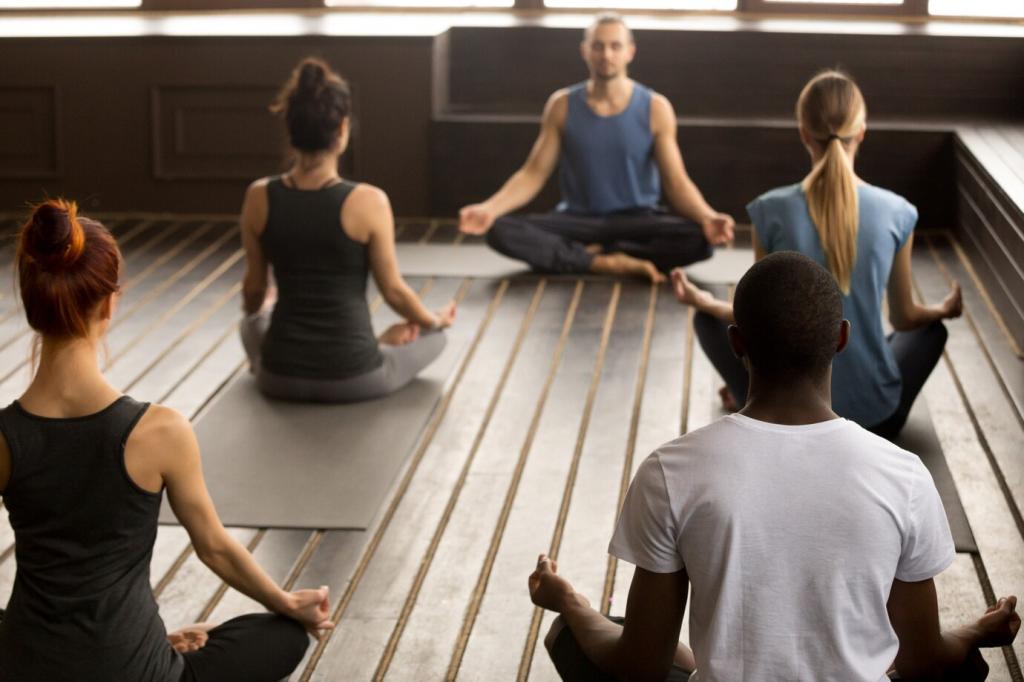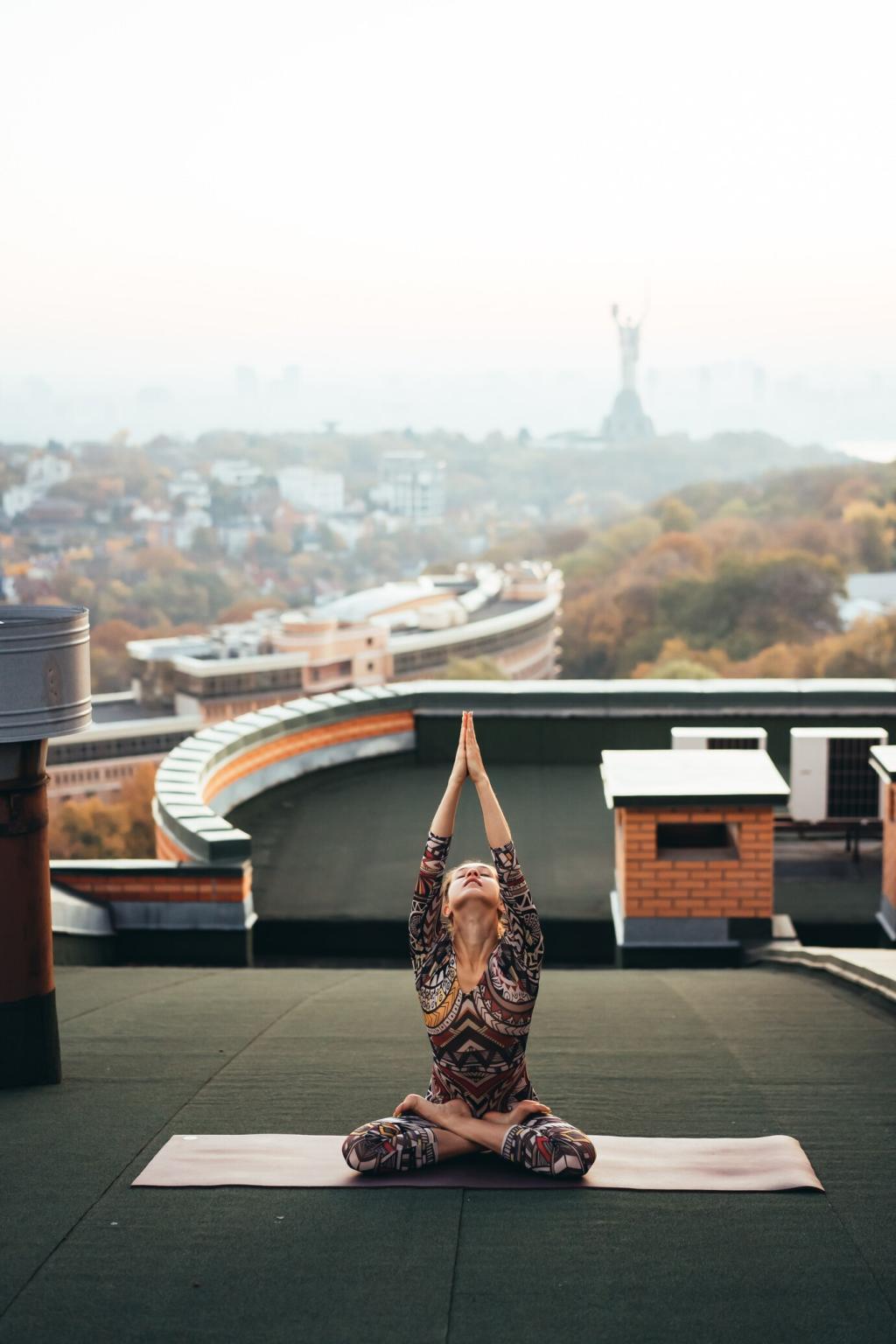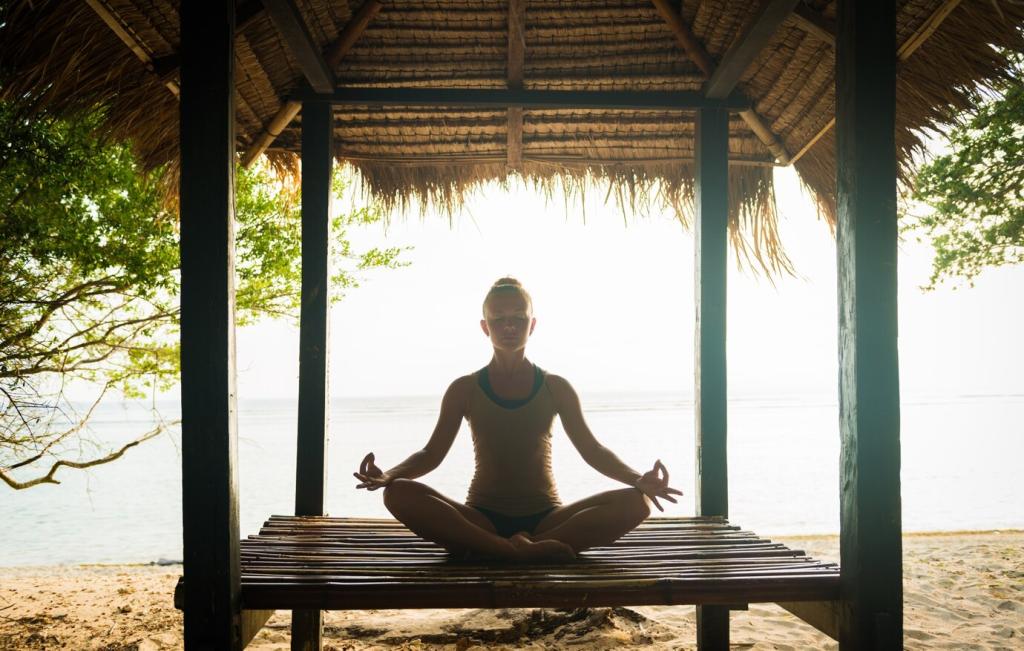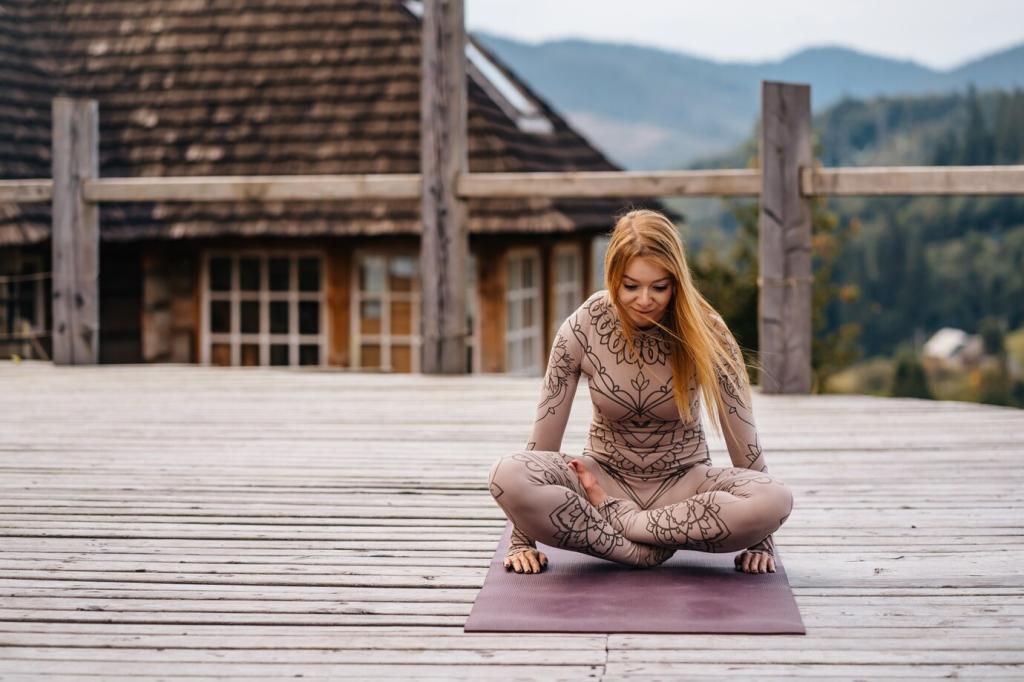Layout Strategies for Tiny Homes
Add a narrow wall shelf for blocks and straps, install a hook for folded blankets, and store your mat upright. Elevating tools frees floor space, clarifies your movement lane, and keeps visual clutter low so focus rises naturally.
Layout Strategies for Tiny Homes
Choose props that tuck away: a tri-fold mat under the sofa, a collapsible stool doubling as a meditation seat, and a strap that hangs on a doorknob. When setup takes seconds, consistency blooms—even on hectic, space-strained mornings.

